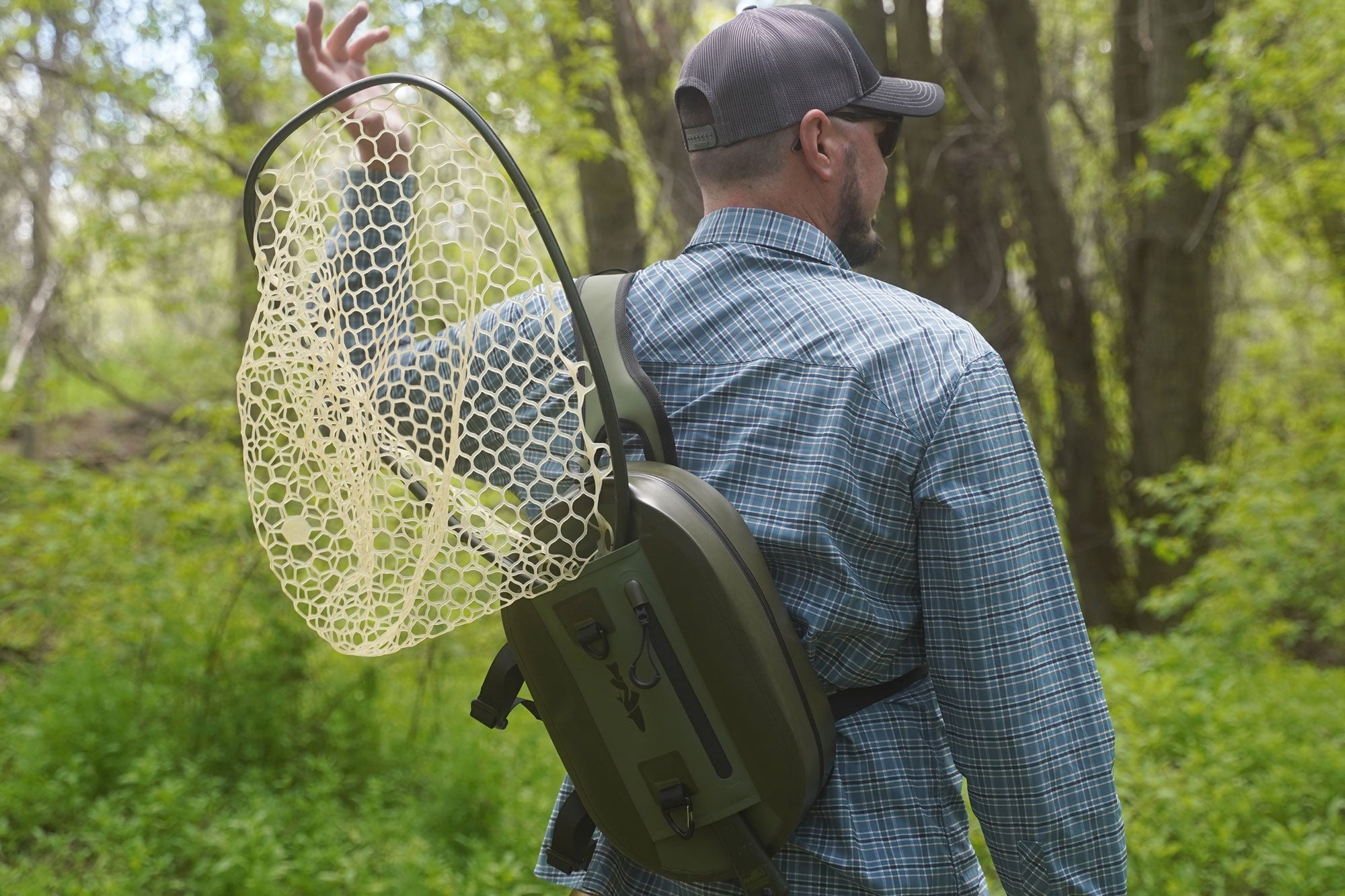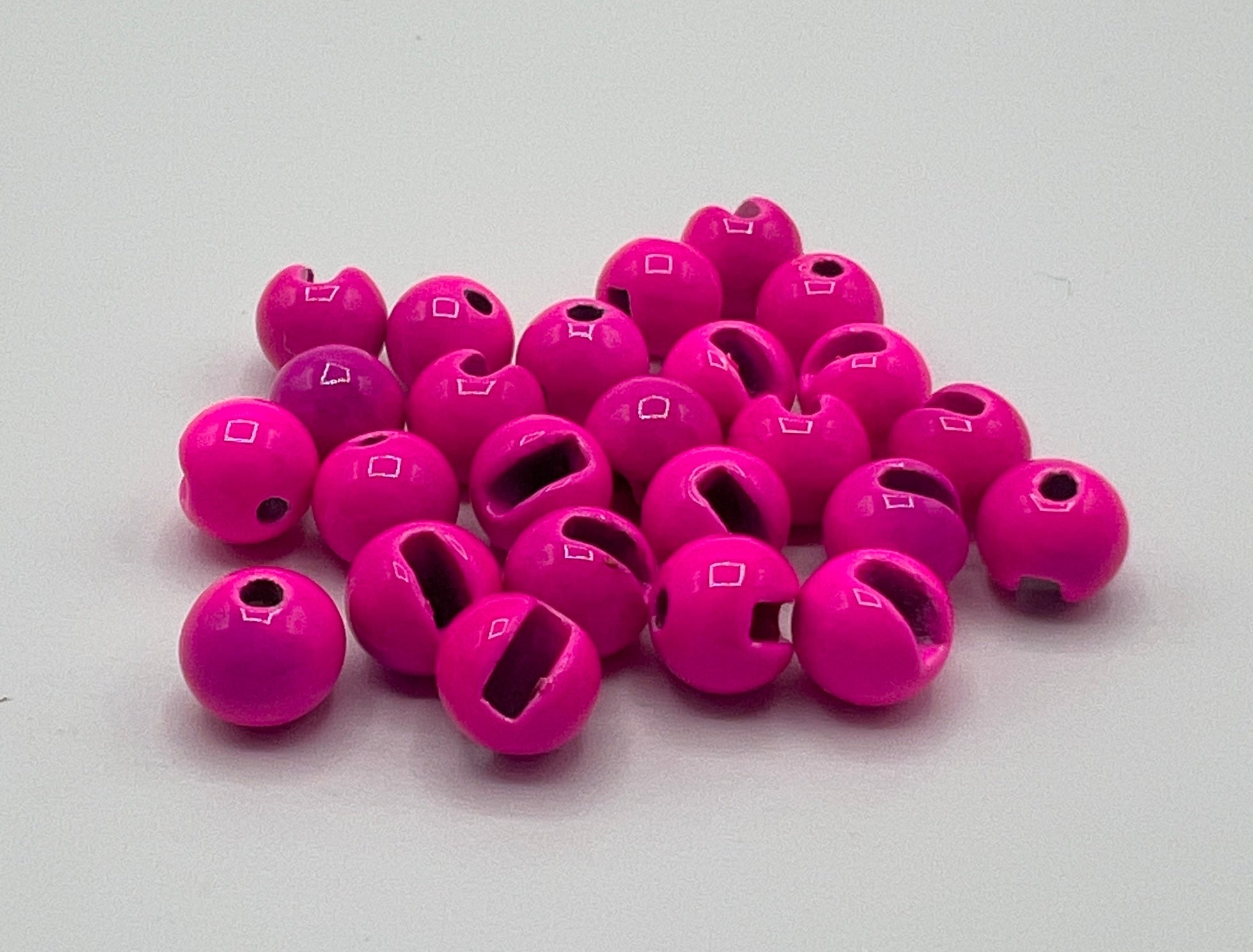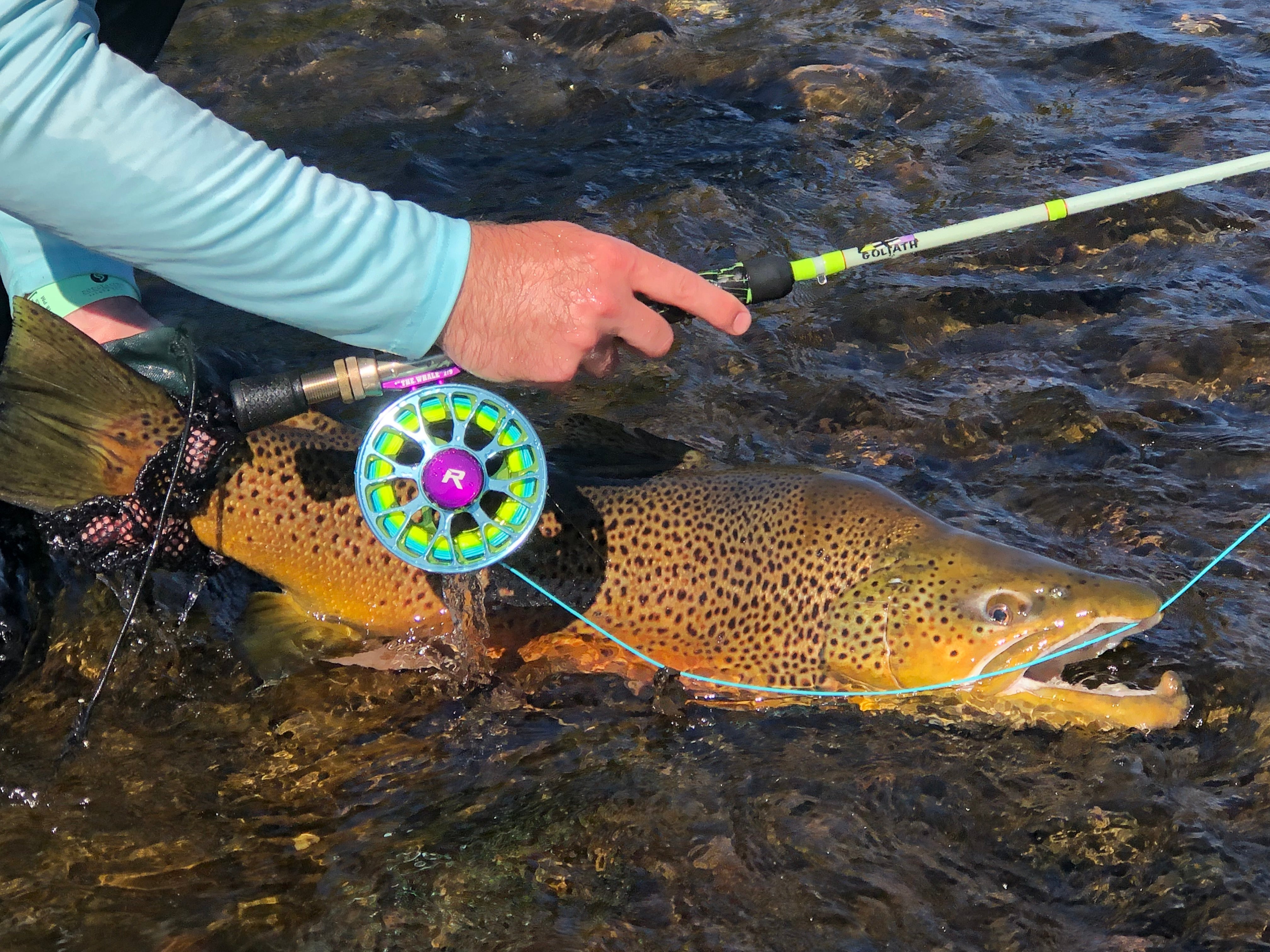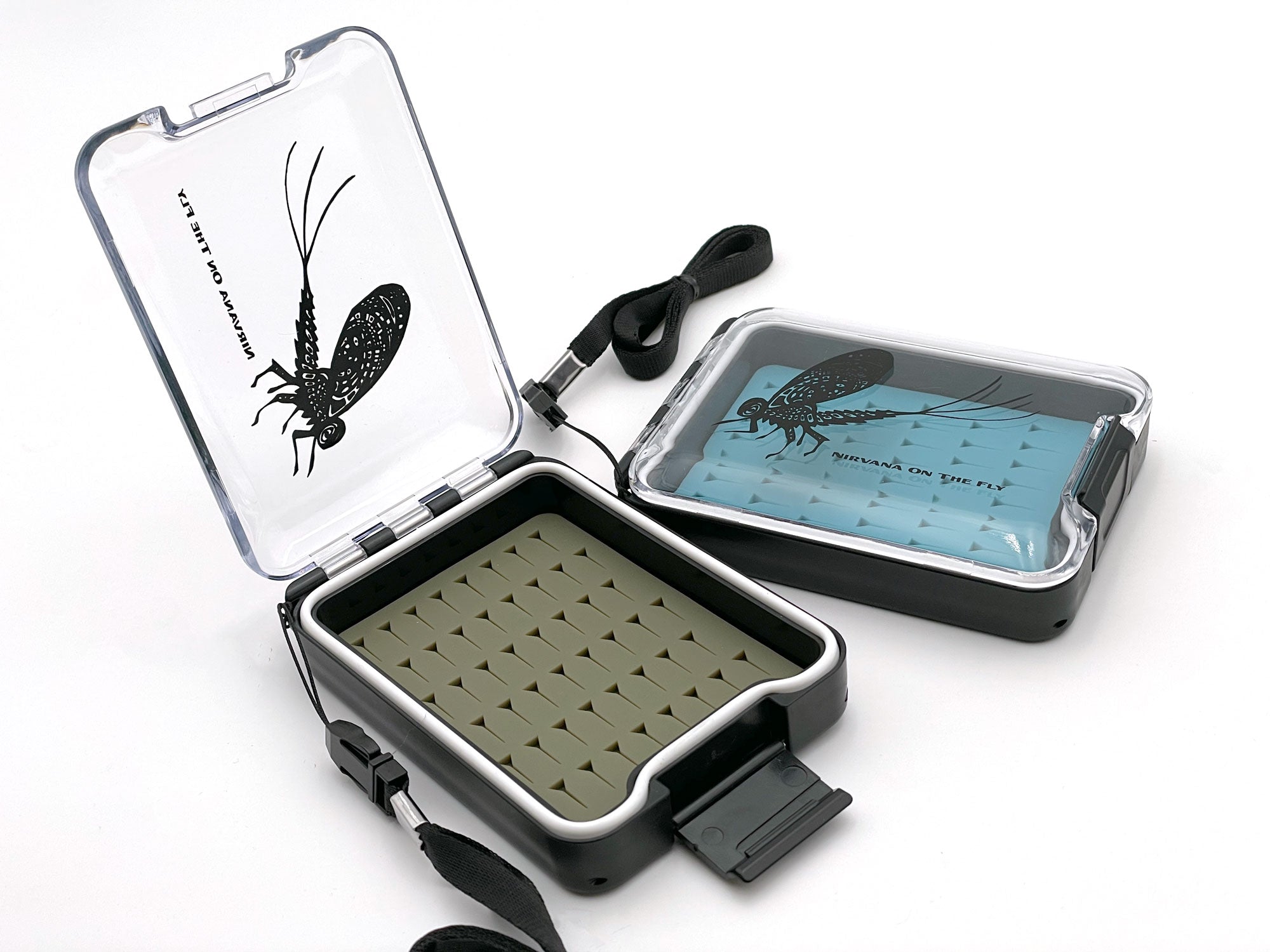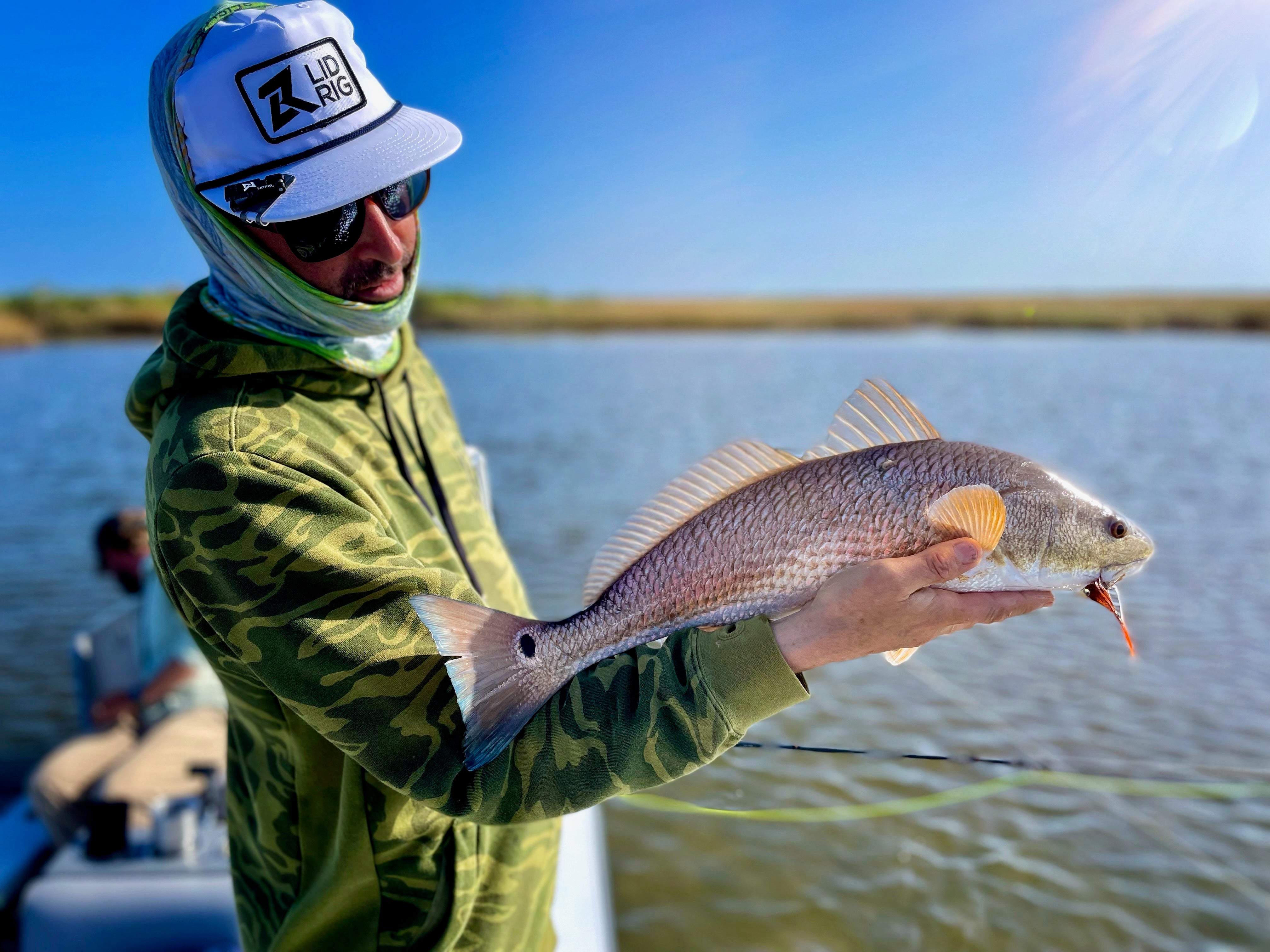Fly fishing combines skill, patience, and the right equipment. Among the essential gear, fly fishing reels hold a special place. Reels are more than another piece of gear or a tool in many ways. The interesting fact about reels is that although you truly only need the technical aspects about 10% of the time it is the reel, your companion, that can make or break the fishing experience. In this guide, I dive into the aspects of quality and price in regard to fly fishing reels, explaining the features and benefits that matter most to anglers.
Quality: More Than Just a Price Tag
Fly fishing reel quality is at the top of the list. Quality goes beyond aesthetics and is more about performance, durability, and reliability. Here are key quality aspects to consider when purchasing a reel to match up with that beautiful rod you have:
- Material and Anodization: The construction material of a reel can significantly impact its durability and performance. Aluminum is the top choice due to its cost manufacturing ease and strength-to-weight ratio. Aluminum is lightweight and yes there are materials like titanium that are lighter but the machining and milling of titanium would be less cost-prohibitive and it often results in lower repeatability in the quality assurance category. Anodization is the second layer of protection on aluminum. Due to exposure to water, the varying mineral deposits, and of course salt in saline waters adding anodization is a no-brainer. The coating of the reel adds corrosion resistance, this is especially crucial for saltwater fishing.
- Design: A well-designed reel balances ergonomics with functionality. Look for designs that provide comfort during long hours of fishing and ensure smooth line retrieval. Simple things that I like to look for are simple in nature but important. Here are a few examples. Does fly line have a chance to squeeze between the cage and reel? This is common in lower-cost products where machining isn’t as tight to spec. Is the reel so finely machined that the reel becomes lightweight but has little durability? This is okay for a reel that is used locally where you might have a spare and can be gentle with it. However, if you are in the middle of Costa Rica and a reel gets damaged because you and your guide are tossing it in and out of a handed-honed canoe chasing Machaca with no warranty agents around to offer a replacement, even though the banging is misuse and not a manufacturers warranty. Do you get what I’m saying? Pay attention to design. Looking good is important but durability overrides. Look for potential future problems in the design’s mechanical features. Are there tons of moving parts that are prone to breaking, clogging, etc? Are they easily field-fixable? One last recommendation is that you test and play with the drag knob and spool removal. These are nice to haves but when it counts, boy are they nice to have. For example, can you remove a spool easily? What if it was overtightened a bit? Can you adjust the drag without looking at it? Is the drag smooth and adjustable, does it adjust in micro stages and go back to where it was or is it all over the place?
- Drag System: The reel’s drag system is critical for controlling fish. A high-quality drag system provides smooth, consistent tension on the line, crucial for fighting larger fish without breaking the line. I mentioned a few items before but they are the most critical. Smooth transition, adjustability, and consistency when adjusted. Outside of the mechanical feel of the reel's drag there are varying drag systems as discussed earlier. Click and pawl drags and disk type drags are the two major styles and 80% of the reels in the store that you see are typically a disk type dragged ree. Within disk drags, there are two major types to consider, the drawbar disk and sealed drum discs types are what are in consideration. Drawback disc used to be a more common type but the sealed disc system has evolved over the years and become more reliable. Commonly disk drags are designed with cork because it dissipates heat well. However, the new sealed disc types are far me reliable than the former. The downside is that sealed disk types are not field repairable in many cases. Food for thought from my end. Drags don’t typically fail unless you are allowing fish to make big runs on high drag settings. If these are not common circumstances in your fishing then a sealed drag is likely the preference.
- Size: The size of the reel should match your rod and the type of fishing you do. A mismatch can lead to poor balance and inefficiency in casting and retrieving. This of course is to be considered within reason. In many cases where this point is sighted, it is a consideration that is pushed as important but is actually not overly important. See size or weight should be relative. The fact of the matter is that the weight of the reel is going to change depending on the grain weight of the line you put on it. Additionally, many reels are transferred between rods, and spools are changed. Will a balance rod make your day a little easier, sure, but it is not a necessity and drastic effect if the size is selected in relativity to the rod.
Price: Reflecting Quality and Features
Prices of fly fishing reels can range from $50 to over $1,000, reflecting various levels of quality and features. While higher-priced reels often offer better materials and more advanced features, it's essential to consider whether these align with your fishing needs. Some of the price changes are the reflection of where the reel was manufactured, the brand name, the size of the manufacturer, and ability to bring down cost, etc. All of these should be considered and it is ok to ask the important question, “What makes this one so expensive?” Don’t just take the person's word for it instead visually inspect and make your hypothesis.
Benefits of Investing in Quality
- Durability: A quality reel can withstand the rigors of frequent use and harsh fishing environments, making it a long-term investment. Where will you be using the rod, on the river, beach, freshwater, saltwater, with guides who may not care for it as much as you or is a prized possession of yours and will only be used by yourself with great care? Each scenario will change the perspective on what is important for the correct choice.
- Performance: Higher quality materials and design translate to smoother operation, better line control, and an overall enhanced fishing experience. Good anodization can make a difference, interior parts to the drag should be lightly inspected. Next up, how does it feel? Does the reel work with the ergonomics of your hands, is the drag knob easily identifiable without looking at it.
- Versatility: High-quality reels often come with features that accommodate different fishing conditions and styles, offering greater flexibility. Let’s use the example of two excellent features. One is a reel that is built with a cassette system. These systems are often ideal for stillwater anglers when the ability to save space and go out on a boat with multiple line types in tow is critical to success. Next look at the Peux fly fishing products and their reels. The Swiss company has multiplier reels that multiply the rotiation of the arbor for a faster retrieve as well as their auto retrieve reels that automatically reel in excess line to improve the speed of line control. These high-quality reels are specific, have extra features, and are made with extremely high-quality, and materials, all of which lead to varying versatility needs.
Why These Features Matter
- Longevity: A durable reel means fewer replacements and repairs over time, saving money in the long run. Yeah, that is a great point but if I was looking to save money I don’t think I would have started fly fishing. Longevity to me is that it will work the same it did when I took it out of the box as it does 5-10 years down the road. Think of it as a lifetime investment cost. If a reel is $500.00 and it gave me enjoyment for 10 years it costs me $50.00 a year to have that reel. Now if I used it 25 times per year then $50.00/$25.00 = $2.00. That means on average the reel costs you about $2.00 per outing. Not a bad deal for a day of fishing. Now if it costs you $500.00 and only lasts you 2 years, ouch that can add up quickly.
- Success Rate: The precision and control offered by a quality reel can significantly increase your success in landing fish, especially in challenging conditions with larger species where drag is being utilized. A 150-pound tarpon on a reel that has a smaller arbor and jumpy drag is a nightmare compared to the regular nightmare they are. Think about where you want to be, what you want to be fishing for, and how valuable the varying aspects are for your planned purposes.
- Enjoyment: A well-made reel enhances the overall experience, making fly fishing more enjoyable and rewarding. Land more fish…more enjoyment. Piece of mind that you have working equipment…more enjoyment. The list goes on but getting a solid reel is not only an investment in cost it leads to your enjoyment. Looking good doing it is often just as important so don’t forget that aspect.
Selecting the right fly fishing reel is a balance between quality and price. While budget considerations are important, investing in a high-quality reel brings invaluable benefits to your fishing when it matters. Remember, a good fly fishing reel is not an expensive one. A good reel is an investment in your passion for fly fishing that fits your needs. Choose wisely, and your reel will be a faithful companion on many memorable fly fishing trips.
I've shopped around for fly fishing reels for many years now and have talked to countless friends and pros about what to use. There are not to many tried and true brands that I've found and every day there seems to be a new reel company. Here are a few brands and retailers that I trust and will get you into a solid reel with a bit of due diligence.
Cheeky Fly Fishing Reels
Hardy Fly Fishing Reels
Peux Fly Fishing Reels (This brand specializes in automatic retrieve and multiplier reels...they are unbelievable.)
Greys Fishing
Ross Reels
Moonshine
Orvis
Lamson
Nautilus
Trident Fly Fishing
Backcountry.com
You’ve been reading along and learning a ton about fly fishing reels. Have you read all the other articles in this guide program?
Fly Fishing Reels: Overall Guide | Fly Fishing Insider Podcast
Fly Fishing Reels: Part 1 - Understanding Quality and Price | Fly Fishing Insider Podcast
Fly Fishing Reels: Part 2 - Compatibility and Size | Fly Fishing Insider Podcast
Fly Fishing Reels: Part 3 - Drag Systems | Fly Fishing Insider Podcast
Fly Fishing Reels: Part 4 - Arbor Size | Fly Fishing Insider Podcast
Fly Fishing Reels: Part 5 - Manufacturing and Construction | Fly Fishing Insider Podcast
Fly Fishing Reels: Part 6 - Extra Spools and Versatility | Fly Fishing Insider Podcast
Fly Fishing Reels: Part 7 - Lifetime Warranties and Brand | Fly Fishing Insider Podcast
FFIP does receive a small commission from affiliate sales links. However, not all links are directed towards affiliate programs as I stay neutral and base recommendations more so on my own experiences. These commissions are used to support the FFIP expenses related to maintaining and hosting the show, blog, etc. Thank you for your support and by purchasing through the links within my articles when applicable!

By Christian Bacasa
Host of the Fly Fishing Insider Podcast
www.ffipodcast.com
@flyfishinginsiderpodcast
@dupeafish


